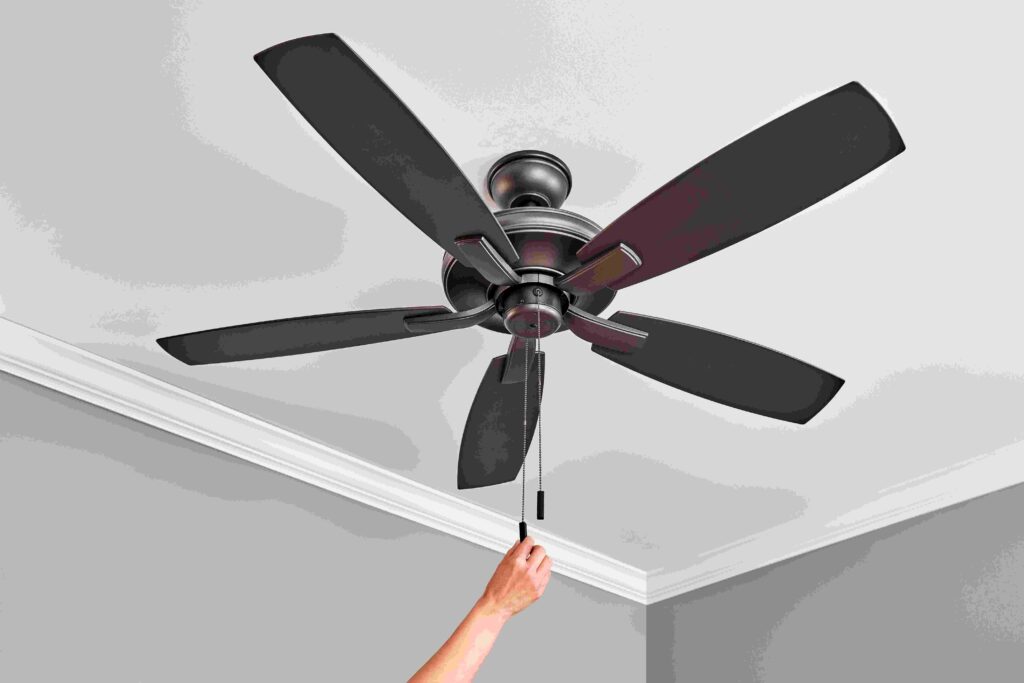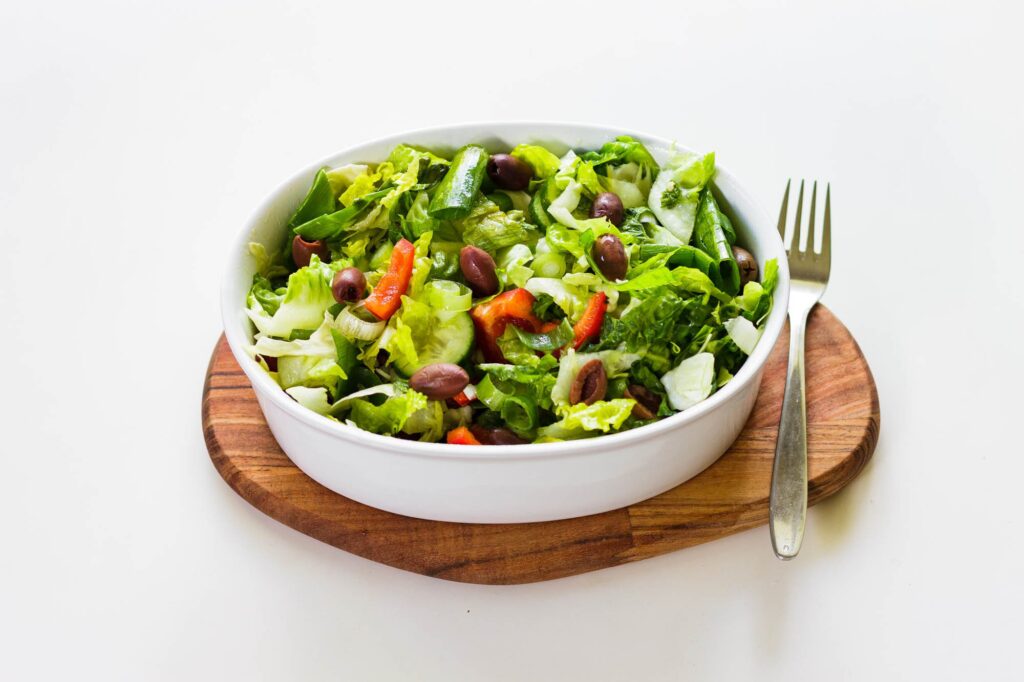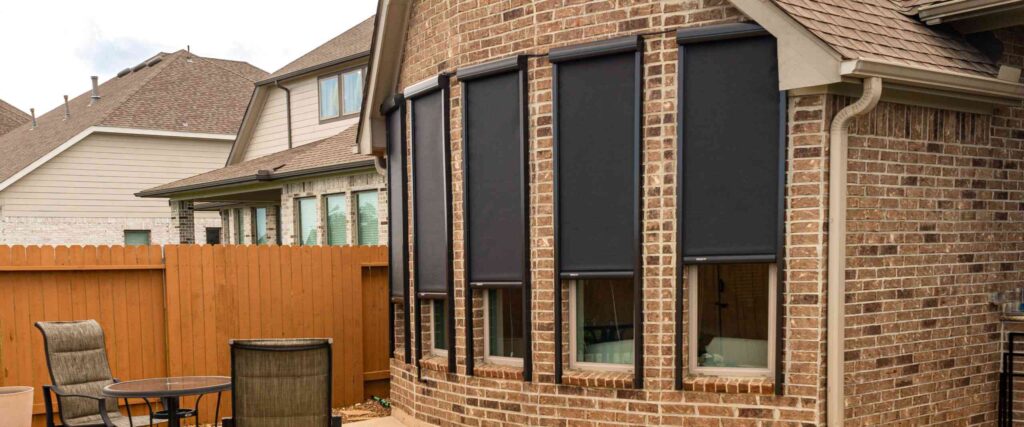How to Keep Your House Cool Without Air Conditioning This Summer

When summer temperatures soar, running the A/C non-stop can be hard on your energy bill—and not everyone even has air conditioning. But don’t sweat it (literally). There are plenty of low-tech, budget-friendly ways to cool down your home, and many of them are easier than you think.
Let’s go through the best strategies to stay cool, stay comfortable, and keep that electric bill from melting your wallet.
1. Close Your Curtains in the Morning

Sunlight coming through your windows is one of the biggest reasons your house heats up during the day. So as soon as the sun rises, shut those blinds or curtains—especially on the east- and south-facing windows.
Want extra cooling power? Try blackout curtains, thermal shades, or even reflective film. They can block out up to 30% of unwanted heat, and you’ll feel the difference by mid-afternoon.
2. Open Your Windows at Night

Once the sun goes down and temperatures start to drop, open up your windows and doors to let in cooler air. Leave a couple of fans on to help move that air through the house.
This simple switch—close during the day, open at night—can make a major difference over time. And the best part? It’s totally free.
3. Create a Cross-Breeze
Fans work best when they’re part of a bigger airflow strategy. If you just have one blowing in the corner, it’s not doing much. Instead, set up two fans on opposite sides of the room—one blowing air in, and one blowing it out. That’s how you get a real cross-breeze going.
Even better: set one fan to blow air out a window on the hot side of your house, and another to pull cool air in from a shaded area.
4. Use Ceiling Fans the Right Way

Did you know ceiling fans have a switch that changes the direction they spin?
- In the summer, you want the fan to spin counterclockwise, pushing air downward to create a breeze.
- In the winter, you flip it to clockwise to pull warm air up.
Make sure your fans are set correctly—it makes a real difference.
5. Avoid Heat-Producing Activities During the Day

Appliances like ovens, dryers, dishwashers, and even computers give off heat. Try to limit use during peak heat hours (usually between 12 PM and 6 PM).
Instead:
- Cook outdoors on the grill, or prep cold meals like salads and wraps.
- Run laundry or the dishwasher at night.
- Unplug devices you’re not using—your TV and cable box both give off more heat than you’d expect.
6. Use Ice and Fans Together
Here’s an old-school trick that still works: place a bowl of ice in front of a fan. As the ice melts, the fan blows cool, moist air across the room—like a mini DIY air conditioner.
You can also freeze water bottles and rotate them out through the day to keep the cool going.
7. Cool Down Yourself, Not Just the Room

Sometimes, the easiest way to beat the heat is to focus on your body temperature.
Try these small but effective tips:
- Soak a washcloth in cold water and lay it on your neck or wrists.
- Keep a spray bottle of chilled water nearby and mist yourself occasionally.
- Drink plenty of ice water—even a few sips can cool your core.
- Take a cool (not freezing!) shower before bed.
8. Sleep Smart
No A/C? Sleeping can be the hardest part. Here’s how to stay cool through the night:
- Switch to light cotton or linen sheets.
- Sleep with just a sheet—or even try sleeping on a cot or floor, where it’s cooler.
- Put your pillowcase in the freezer for 30 minutes before bed (sounds weird, works great).
- Position a fan to blow across your bed, not directly at your face, to avoid waking up with a dry throat.
9. Shade the Outside of Your Home

Prevent the heat from getting in at all by shading the outside of your home.
- Install awnings, plant tall shrubs, or hang outdoor curtains.
- Use shade sails over patios and balconies.
- Even a simple beach umbrella placed outside a sunny window can help block heat.
You’ll be surprised how much cooler the inside feels when the sun isn’t pounding on the glass.
10. Switch to LED Bulbs and Power-Saving Appliances
Old-school incandescent light bulbs give off a surprising amount of heat. Switching to LEDs can help reduce indoor warmth—and lower your energy bill.
Also, consider energy-efficient appliances and power strips that shut off automatically when not in use. Less heat, less electricity, less stress.
You don’t need a high-end air conditioner to stay comfortable during a heatwave. With a few simple changes—like blocking the sun, improving airflow, and making smarter choices about appliances—you can keep your home cool and livable, even in the hottest months.
Try mixing and matching these strategies to see what works best in your space. Sometimes, the smallest adjustments make the biggest difference. Stay cool, stay safe, and enjoy your summer—comfortably.
